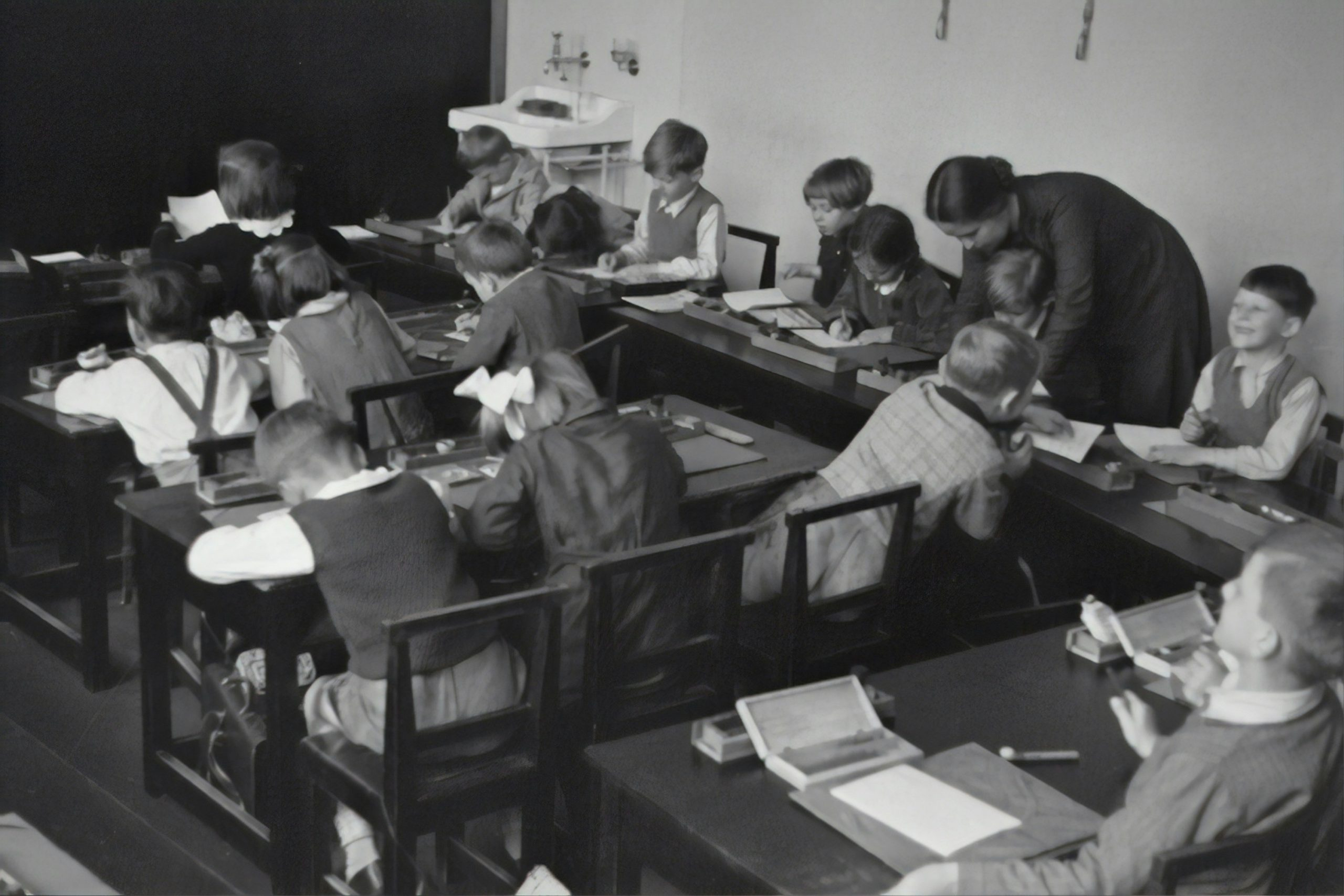Reimagining Virtual Reality as a Transformative Learning Platform
Virtual reality (VR) has been steadily gaining popularity in recent years, with advancements in technology making it more accessible and realistic. While initially used mainly for gaming and entertainment purposes, VR is now beginning to show immense potential in transforming the way we learn. The immersive and interactive nature of VR makes it a promising platform for transformative learning experiences. In this article, we will explore the possibilities of reimagining VR as a transformative learning platform and the impact it could have on education.
The potential of VR in education
Virtual reality has the ability to transport users to different environments and create highly realistic simulations, making it an ideal tool for learning. By immersing users in a virtual world, VR provides an unparalleled level of engagement and experiential learning that traditional classrooms cannot match.
One of the main benefits of using VR in education is the ability to make complex or abstract concepts more tangible and easier to understand. For example, students can virtually travel through the human body to understand the functions of different organs or explore different historical eras by being transported to virtual worlds. This level of immersion and interactivity can greatly enhance students’ understanding and retention of information.
Transformative learning through VR
The potential of VR in education goes beyond just enhancing traditional teaching methods. It has the power to completely transform the learning experience. In transformative learning, the goal is to change the way individuals see themselves and the world around them. VR has the potential to do this by immersing students in new and unfamiliar experiences, challenging their perceptions and expanding their perspectives.
Breaking physical barriers
The use of VR in education has the potential to break physical barriers and provide access to knowledge and experiences that would otherwise not be possible. For instance, students can virtually visit museums, art galleries, and historical sites from the comfort of their classroom. This not only saves time and resources but also provides an opportunity for students who may be unable to access these places due to physical or financial limitations.
Promoting empathy and understanding
One of the most powerful effects of VR is its ability to evoke emotional responses in users. By placing individuals in different scenarios, VR can help them see and experience situations from different perspectives. This can promote empathy and understanding towards people from different cultures, backgrounds, and experiences. In a world that is becoming increasingly divided, the potential of VR to promote empathy and understanding is a much-needed attribute for the next generation of learners.
Challenges and limitations
As with any emerging technology, VR also comes with its own set of challenges and limitations. One of the main concerns is the cost and accessibility of VR equipment. While VR headsets have become more affordable in recent years, they may still be out of reach for some educational institutions. Additionally, VR content development can be time-consuming and expensive, making it difficult for teachers to incorporate it into their lesson plans.
Another concern is the potential for VR to create a disconnect between students and the real world. As students become more immersed in virtual experiences, they may struggle to differentiate between reality and simulation. Therefore, it is crucial for educators to carefully curate VR experiences and incorporate moments of reflection and critical thinking.
Conclusion
While there are challenges and limitations to implementing VR in education, the potential for transformative learning experiences is undeniable. As the technology continues to advance and become more accessible, we can expect to see a significant shift in the way we learn. The immersive and interactive nature of VR has the potential to redefine education and create a more engaging and effective learning environment. It’s time to reimagine VR as a transformative learning platform and harness its potential to shape the next generation of learners.










